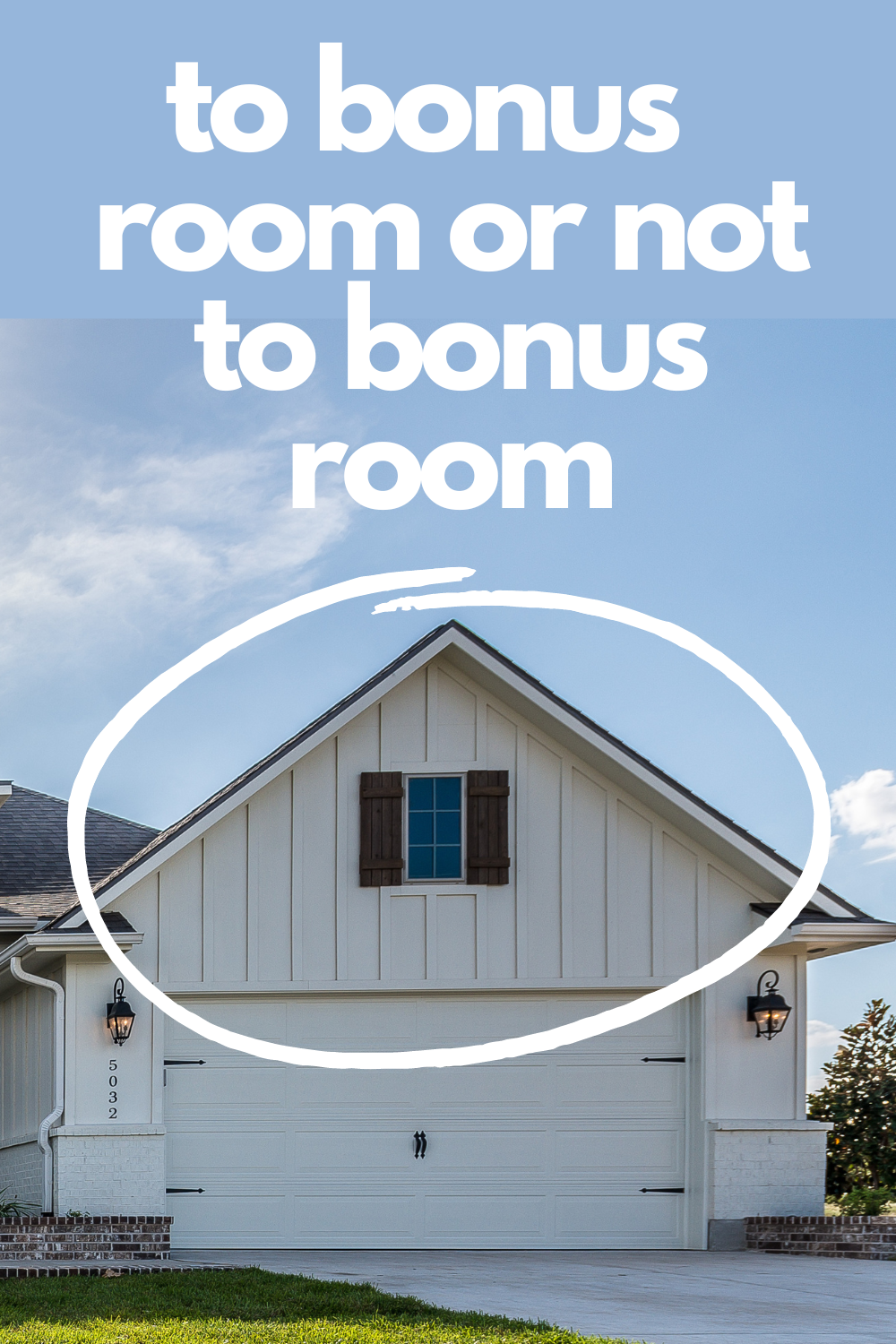
Bonus Room | Option to Add Value to Your Home
To Build a Bonus Room or Not to Build a Bonus Room…That is the Question.
As you’re looking at, and comparing floor plans, you may be wondering what the benefit is, if any, to having a Bonus Room.

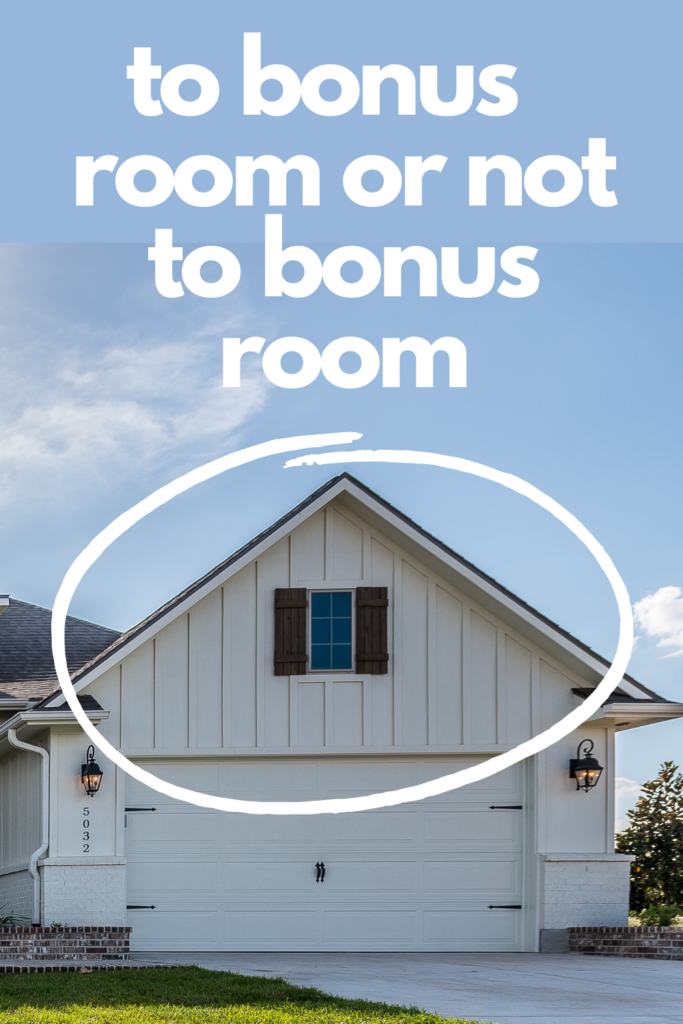
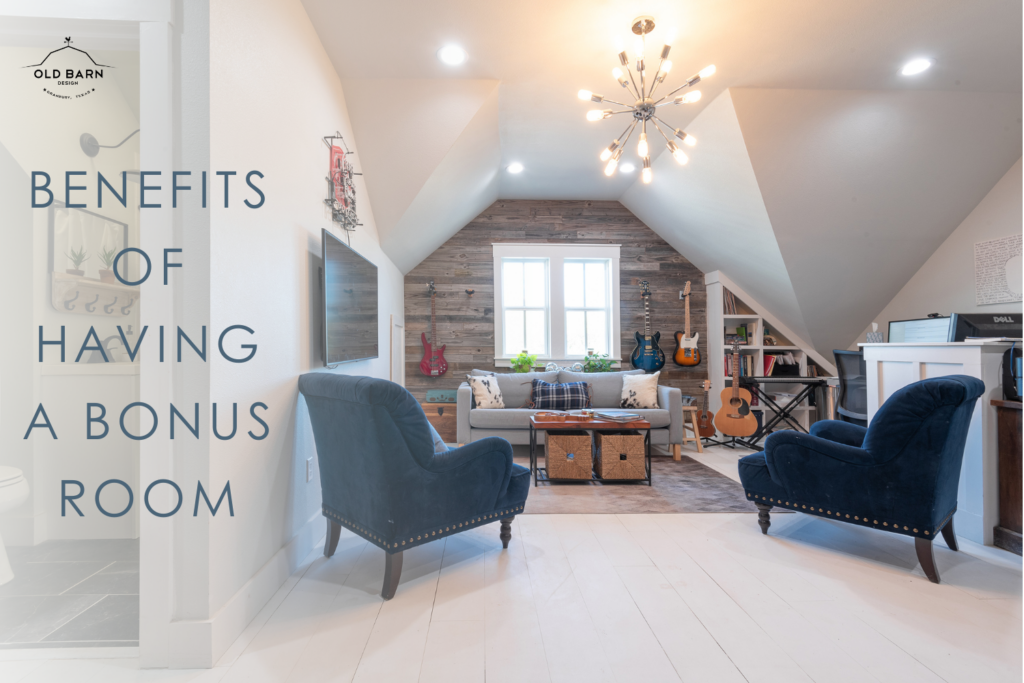
You may also see “dead space” on your floor plan and wonder if you can make use of it.
You may think that you don’t need that space and you certainly don’t want to pay for space you don’t need, but you don’t want wasted space either. More about dead spade later.
Just like dead space, just because a Bonus Room is on the floor plan doesn’t mean it has to be finished out at the same time as the rest of the house.
definition:
Finish out – adding walls, drywall, paint, flooring, electrical, etc to make the space usable for more than storage.
At the time of this writing, the cost of building materials is elevated, and interest rates are up too. It’s difficult enough to afford the minimum amount of house for your budget, let alone extra space!
I’m not suggesting you build more house than you need, want, or can afford.
I feel like this is a good time to point out that I am NOT a financial advisor and the ideas shared here are just to help you weigh the pros and cons and see potential opportunities, not to be used as personal or financial advice.
However, your garage needs a roof anyway, and since it is such a large space, the roof will create a decent-sized “space” under it. The structure of the roof can be built in such a way that the resulting space is somewhat open and usable, or be built in a way that is not going to be usable.
If you frame it to be usable, you have options: either finish it out with the rest of your home build or finish it out later, when you can more comfortably afford it or need the extra space.
And the same goes for dead space and low-clearance areas that are not part of any room.

By the way, our floor plans all feature Bonus Rooms. You can view them HERE!
Decide if you will build a Bonus Room (either now or someday) before framing
If there will be no bonus room above the garage ever, the garage ceiling can be framed with smaller lumber pieces like 2x6s, or 2x8s because it just needs to hold up the ceiling of the garage and help support the roof. And it doesn’t need to support furniture and people walking around which would be a “Live Load.”
Therefore, you could save a small amount of money upfront by deciding that the space will never be used for a live load.
If it’s not in the budget to frame for a live load at the time of the original build, you could ask to have the garage vaulted and have the roof framing be the ceiling.
Then later, you can add a structural floor for the bonus room to sit in the vaulted space above the garage. This way will require a little bit of demo if the inside of your garage walls are drywalled.
Upfront additional costs for potential Bonus Room:
To use the space above the garage as a Bonus Room (now or in the future), the framing between the ceiling of the garage and the floor of the space above, needs to be stronger, and probably 2x12s or web trusses. This is a slight added cost upfront.
Another upfront cost MIGHT be an additional staircase, depending on your floor plan.
If possible, get these stairs framed at the time of the initial build so you can at least use the space for storage until you finish it out.
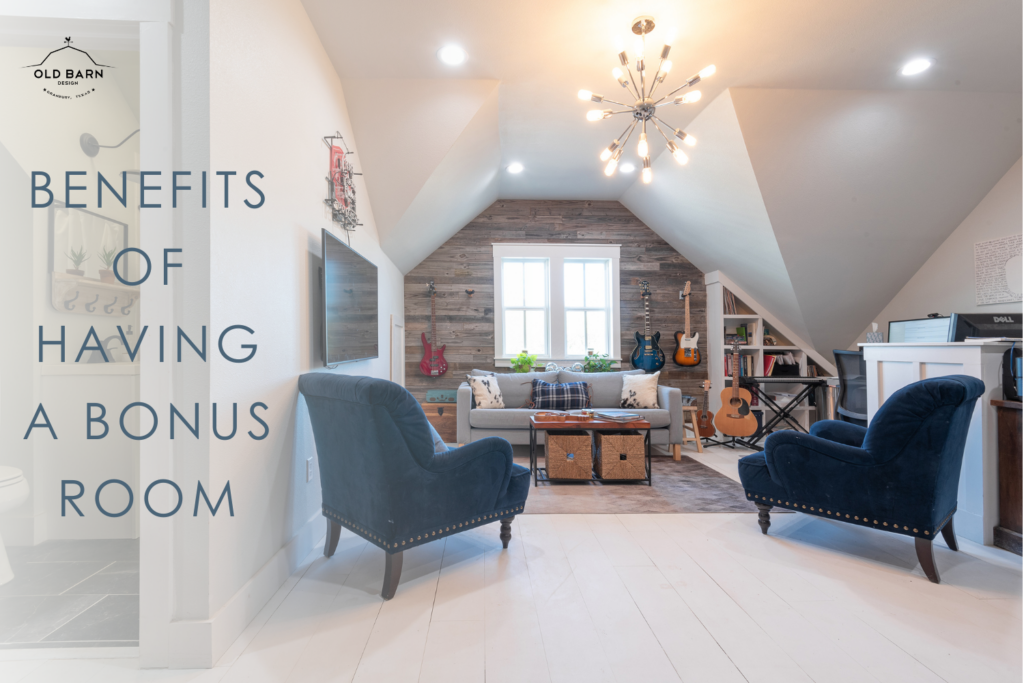
I suggest putting a door at the bottom of the stairs so you’re not heating and cooling this unused area, and so you’re not looking at an unfinished staircase.
It is also a good idea to have a window in the space, unless you know it will only ever be used as a media room.
However, for maximum flexibility, I’d suggest putting in at least 1 egress-sized window, so the space, when finished out, could be used as a bedroom. Adding an additional bedroom to the home is a good way to add value for resale. For it to count as a bedroom it will also need a closet.

Reasons a Bonus Room is a good idea despite the added upfront costs:
- Financial opportunity
- Add square footage in the most efficient way
- Ability to spend less now when materials are high
- Allow your wallet to recover from the initial build
- Opportunity to use Equity to finish out the space later
The best way to add value to a home
Now we know that the best way to add value to a home is by adding square footage.
If this space above your garage was framed to allow for future use, then when building prices and or interest rates go down, you can finish out that space and add it to your home’s square footage.
- Without demo.
- Without pouring a foundation.
- Without adding any additional roof.
The Most EXPENSIVE Parts of a Home Build
The most expensive parts of building a home are the Foundation and the Roof.
If there was a way to add square footage without adding a roof and foundation, it would be a no-brainer!
Oh, wait! That’s exactly what you’re doing with a Bonus Room!
When you finish out a Bonus Room, you are adding all that square footage in the most efficient way possible.
How much square footage can you add?
It can vary by plan and the size of your garage. The average is between 300-500 square feet.
At $200/SF (a low-ish estimate at the time of this writing) that is adding $100,000 to your home’s value!
Considering you may just need some framing (not much), drywall, paint, flooring, and electrical, it’s clear that your finish out will cost much less than $100,000 and the difference is all equity.
A Bonus Room can provide Flexibility
When you’re building a house, you might be looking for every possible way to save. But make sure you’re keeping a long-term perspective if you’re planning to stay in this house for many years to come.
You may not need a Bonus Room right now, but what if your needs change in a few years?
Consider the following:
- College/Grown kids moving back home
- Grown kids and their families visiting
- Aging parents who need care – may displace someone in the main/existing part of the home
- New hobbies (especially loud or messy ones!)
- New work-form-home job
- Another child
If you allow for future expansion with a Bonus Room, you have an excellent way to expand your home if needed.
Delaying the finish-out of the Bonus Room
This allows you to get all the added benefits of the extra space, adding equity/value, and flexibility for growth, but it also allows you to use your money when the timing is right for you and/or for the market.
- You can wait for your finances to recover from building your home.
- You can wait for lumber prices to drop.
- You can wait for the interest rates to go down.
- You can wait for your house to appreciate in value and use a Home Equity Line of Credit (HELOC) or other equity-based loans to finance the finish-out or the added space.
(These are just ideas to consider, not advice. See your financial advisor for more details.)
Want a Bonus Room in the future?
So if you want to make sure your garage is framed properly for a future Bonus Room, communicate this to the builder and framer. Make sure your floor plans show “Unfinished Bonus Room” or “Future Expansion”.
You can even add a note that says to frame the floor system for a live load. Make sure the roof is framed to allow for open space.
Sometimes, a Bonus Room is not possible with truss framing or the trusses must go over the Bonus Room.
What about DEAD SPACE?
Why did I leave “dead space” on the floor plan?
Dead space is unused space on a floor plan with no assigned room, function, or access to it. Sometimes it’s a low area under the roof, sometimes, it’s to be used as a chase for plumbing, HVAC, or electrical.

In this image, you can see this client (who self-contracted), was able to utilize the low areas under the roof for extra closet space and a little play area. This is a great idea! I love that they did this!
But why didn’t I as the designer just draw it that way in the first place?
The short answer is that even though the ceiling is lower and the space has limited functions, it would still add the total square footage, and not everyone wants to pay for that extra square footage.
A longer answer: If this client was using a builder, all that space would be counted as square footage and the client would be paying cost/sq foot + the builder fee. It would also be on file with the city/county tax office with the additional square footage = more $$ in (property) taxes.
Since this client was owner-building (self-contracting), they just paid for the materials and labor, which makes these little nooks a little more doable. In some cases, you might even take out a wall, eliminating some framing/lumber. It will be adding flooring, drywall, and paint though.
During framing, especially if you’re self-contracting, you can look for usable pockets of space, and have the framers leave/create access to it in a way that will work best for you. This is one reason it’s really good to check in on site often during the build.
On this floor plan, the Century Oak (and derivatives), you can access this under-roof space from the larger closet at the top of the stairs, or from the center bedroom like in this video. This client also made the closet by the J&J bath bigger by enclosing the under-roof space on that side.
- A Classy Cozy Christmas Home Tour | Ralph Lauren Style
- DIY Fireplace Makeover: How We Transformed Our Primary Bedroom With Peel-and-Stick Tile (Just in Time for Christmas!)
- Home Tour: Dreamy walk-through of the WD-5002 Floor Plan
- Wake Up Happy | Make your bedroom a cozy retreat
- A House Renewed: Cindy’s Home Gets New Life
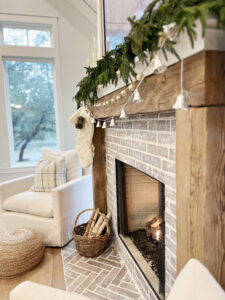
I so agree with the bonus room idea. We are building and have a space over the garage. We will finish it later. We are having our builder put insulation in the floor and a sub floor. Both minimal cost. We will rough in electric and use a mini split for heating/cooling. We are also having our builder deliver the drywall to the space, but not install it. All in these are cost savings. The only other add were windows and a staircase.